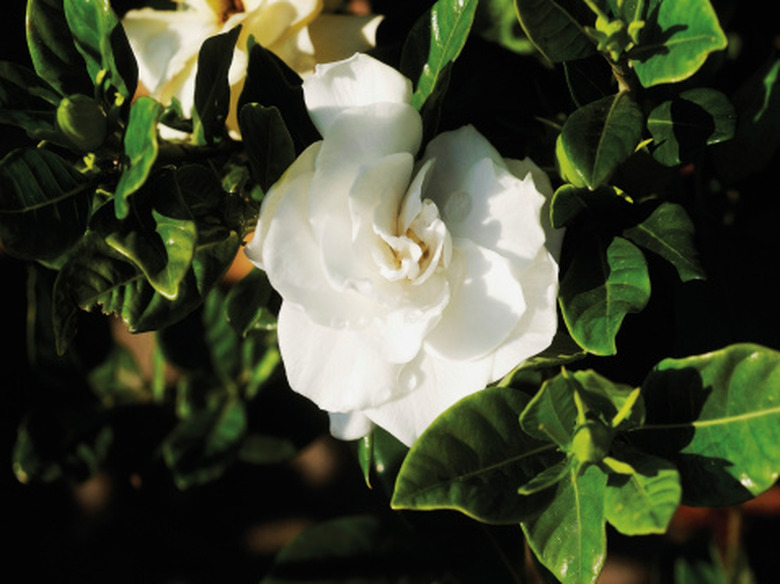How To Save A Gardenia Plant
Prized for their dark evergreen foliage and white, waxy blossoms, gardenias (Gardenia jasminoides, USDA zones 7-11) add a strong, pleasing scent to the home garden. If your gardenias change from aesthetically pleasing home-garden favorites to a sudden concern or eyesore, they are likely experiencing an underlying health problem or a need for improved care. Take steps to save a gardenia plant by giving it regular care and monitoring it closely for changes.
Trouble With Gardenias
Trouble With Gardenias
Typically blooming from May through July, blossoms can grow to a diameter of up to 4 inches. Pay close attention to any changes in your gardenias so you can catch a problem before it becomes severe.
Maintain consistent care of your gardenia plants as a preventive measure as vigorous plants have a greater capacity for avoiding or recovering from disease and pest problems than stressed or weakened plants.
Good Growing Conditions
Good Growing Conditions
Grow gardenias in areas that provide light to moderate shade for best development; afternoon sun can sometimes be too harsh for these plants. Cultivate gardenia plants on moist, well-draining soil high in organic content. Maintain an acid pH level. Test soil with a soil kit from a garden supply store and, if pH is incorrect, contact a county extension agent for a more specific soil test and directions for the type of fertilizer needed, if any, and how to properly amend your soil.
Irrigate your gardenias regularly to maintain moist soil, preferably through drip irrigation that keeps fungi-attracting moisture off foliage. Add a layer of mulch like pine needles or pine bark mulch to the area surrounding your gardenias without pressing the mulch against stems. Mulch improves water retention and keeps weeds at bay.
Care for Gardenias
Care for Gardenias
Deadhead flowers once they lose their vibrancy after flowering and prune any dying, weak branches. Examine your plants for colonies of insects or apparent insect damage. Look for common pest problems like melon aphids or spider mites.
Look for gardenia growth that appears malformed or curled as a symptom of melon aphids that feed on gardenia tissue fluid, displaying tiny brown or green bodies. Identify spider mites by the tiny yellowed dots they create through feeding on leaf surfaces.
Pest Control Steps
Pest Control Steps
By using the least-toxic methods of pest control and a variety of pest-control strategies, you may be able to keep your gardenia in peak health. Although insecticidal soap is on the list of less-toxic pesticides, avoid spraying this on your plants because gardenias are sensitive to, and may be damaged by, this product.
Look for signs of common diseases that can wreak havoc on your gardenia plant. Search for fungal infections that can result in leaf drop, yellowing or wilting often caused by root rots or powderlike fungal growth or dark fruiting bodies on plant surfaces commonly attributed to powdery mildew disease.
Contact your county extension agent or a licensed professional for assistance with pest and disease problems unless you can accurately identify the issue. Avoid attempting to treat myriad symptoms without figuring out the actual problem.
Other Types of Problems
Other Types of Problems
For control of root rot, maintain excellent drainage and remove and destroy the gardenia if plant death occurs. For powdery mildew, remove and destroy affected plant parts and debris and apply a fungicide with the active ingredient myclobutanil, following all label directions.
